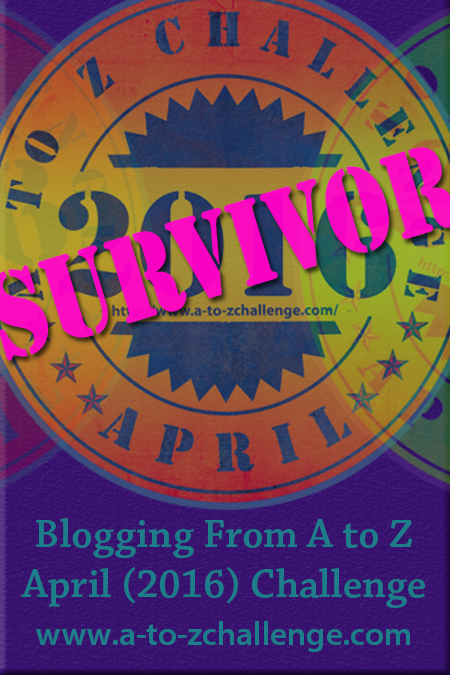Notes From the Dockside
Route Planning
What's Next? Our Top Resources for Route Planning
Monday, March 25, 2013TheCambrians
One of the most exciting decisions you can make on a boat is where to go: The countless possibilities. The discovery of the unknown. The world, or at least a small portion of it, at your stern. Once the decision is made, the excitement continues as you pull out the cruising guides to start researching the possibilities. It’s at this stage that the trip starts to take shape and becomes real.
Where Are We Going?
When we first arrived in the Pacific Northwest, we decided that we’d take the “eating an elephant” approach to our new cruising grounds and bite off a small sections at a time, building our way up to, what we believe will be the icing on the cake, Alaska. So this year, the decision isn’t so much where we’re going, but where we’ll stop along the way as we sail down the West Coast of Vancouver Island for the first time.
Which Anchorages?
The West Coast is home to five sounds, 16 major inlets and over 200 islands and is said to be some of the best cruising in southern British Columbia. Along with the myriad of cruising possibilities, there are plenty of challenges. Outside the protected waters of the Inside Passage, we’ll be in the open ocean again and will have to deal with fast-moving low pressure systems that sneak by the Pacific High, tidal currents and rips, high and sometimes confused seas,inlets with shallow bars at their entrances, cloud cover and fog. But our efforts will be rewarded with abundant wildlife, remote anchorages, natural hot springs and wild scenery – all in all, a pretty fair trade-off.
So how do we choose which anchorages to visit? We look for good protection first and “amenities” second. Both David and I are fairly conservative when it comes to cruising and seek out all-weather anchorages with good holding – we’ve done our share of “roadsteads” in the past and prefer a good night’s sleep to location. Because we have a dog aboard, going to shore safely is a priority – if there’s a place to take a walk, even better. We prefer isolated anchorages but, every now and again, it’s necessary to rejoin society to buy provisions and do laundry, so we take that into consideration as well.
When Are We Going?
Timing is everything in sailing, and the Pacific Northwest is no exception: The Pacific High doesn’t set in until some time after the spring equinox (March 20) and, until then, the weather can be very unsettled. The frequency of fog nearly doubles during the month of August. And the autumnal equinox (September 22) sees the collapse of the Pacific High. Therefore, in a perfect world, the middle of June through July would be normally be the best months for sailing down the West Coast. But we don’t live in a perfect world. We live in a boat. And it’s very likely that, because of the amount of work we need to do before we drop our lines, that we won’t see the “Wild One” until some time in July.
Resources
Trip planning is a personal thing. What works for us, may not necessarily work for another boat and vice versa. But there are some basic resources that are fundamental to a safe and enjoyable trip.
- Cruising Guides provide up-to-date information on anchorages, hazards to navigation, GPS waypoints, history, marinas, planning tips and more for designated areas. For our PNW cruising, we rely on Fine Edge Publishing.
- Paper Charts are a good way to view the area as a whole when planning and essential to navigation when cruising. Many countries require you to carry traditional charts aboard when in their waters, so it’s important to know each country’s carriage requirements before setting out. You can get by with small-scale charts which cover large areas and are low on detail, but we carry a full complement of charts with us at all times. Why? Because they’re not susceptible to electronic failures.
- Chart Plotters integrate GPS with an electronic chart, allowing you to track your position in real time. We have two aboard. Our primary plotter is a computer program called C-Map and we purchased the Navionics application for our iPad. Both are handy ways to quickly measure distances between anchorages when planning. And although we use the plotter when we’re under way, we always have a paper chart at hand.
- Tide and Current Tables provide tide heights and current flows for a designated area. Here in the PNW, areas can see flows up to 16 knots and timing really is everything.
- Current Weather Information, while not essential to planning a route, is crucial to safe passage making (to see a list of our weather sources, click here).
- Online sailing blogs and articles are great places to read about first-hand accounts and opinions about areas you plan to visit.
- Google Earth provides a bird’s eye view of shorelines, hazards and anchorages
- Trip planning and routing software and applications are available online to help plan your trip.
Happy planning!










0 comments